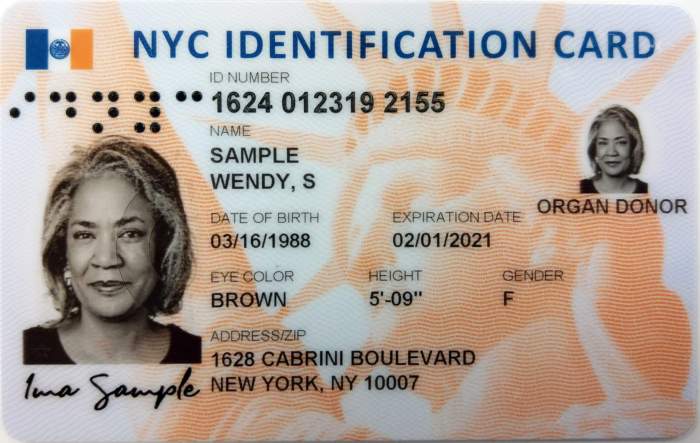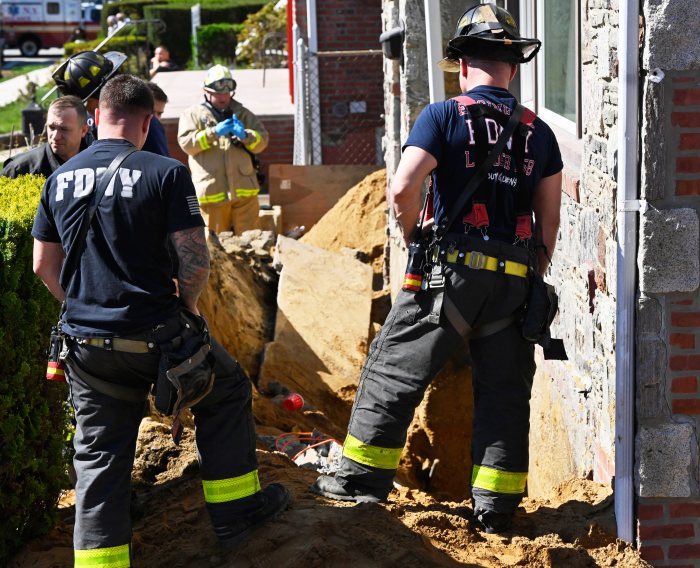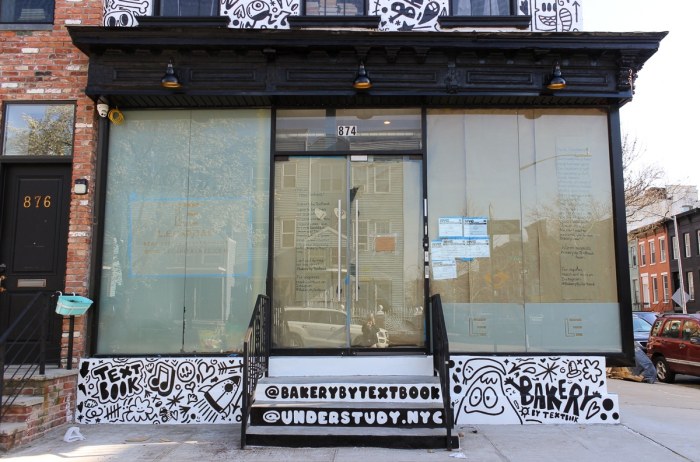Exploding shells and rockets rattled me awake in the early hours of a misty Tuesday morning in Saigon. I scrambled to my hotel roof and watched as fireballs, smoke and debris burst across the city’s famous airport – once one of the busiest in the world, now shut down as thousands desperate to evacuate jammed the hangars.
As dawn arrived, people rushed to the rooftops of nearby buildings, staring in shock at the sudden, savage attack from artillery encircling the city. Two older military transport planes made an attempt to climb into the sky, slowly twisting and turning to escape surface-to-air missiles. Clay pigeons in a shooting gallery, they both soon exploded in smoke and flames, crashing in pieces on the houses below. Within 24 hours, the whole city was engulfed in chaos as a new regime took over. It was April 1975.
This may be the fate that awaits Baghdad if the march of ISIS continues.
The Sunni insurgency has already captured much of Iraq’s north (much as the Vietcong had) and is steadily pushing southward. If it reaches the city, what I saw unfold in Saigon nearly 40 years ago is probably a good proxy for what to expect. Here’s what it looked like.
I was among a handful of journalists witnessing the end of a country once deemed essential to the security of the United States. Five American presidents had committed billions in resources and sacrificed thousands of soldiers’ lives in the conflict (sound familiar?) with the communist North. It was unimaginable that the city could fall.
In South Vietnam’s last days, abandoned U.S. jeeps and tanks littered the highways and beaches as South Vietnamese soldiers fled the battlefields on foot. Some officers deserted their commands in helicopters to the safety of U.S. Navy ships just offshore. In Iraq, another American-trained army fled before insurgents took city after city in northern and western Iraq. They too left behind American vehicles, weapons and even uniforms.
South Vietnam and Iraq are different, of course: Washington used its military might to keep one artificially divided and the other artificially unified. But Saigon in 1975 and Baghdad in 2014 share a frailty born of dependence on American power. Both cracked like a hollow egg at their first real test.
In March 1975, the loss of Hue and Danang foreshadowed a military rout that led to the collapse of the capital of Saigon only six weeks later. In Iraq the loss of Mosul and Tikrit brought ISIS almost to the gates of the capital, intensifying ethnic unrest in the city and threatening the future of Baghdad.
Both countries’ leaders appealed for American air power, to no avail. In March 1975, South Vietnam President Nguyen Van Thieu sent a detailed list of bombing targets to the White House and called upon private agreements made by former President Richard Nixon guaranteeing American military help. President Gerald Ford turned him down.
Similarly, Iraqi Prime Minister Nouri al-Maliki began public and private appeals for American air support after the fall of Mosul and Tikrit. President Barack Obama has demanded substantial political reforms in Baghdad in exchange. Maliki’s reluctance to work with his political rivals resembles President Thieu’s refusal to widen his government or consider any accommodation of his political opponents. Thieu ultimately stepped down at U.S. urging and fled the country 10 days before it fell.
Obama may leave another American ally to his fate.
Washington’s posture toward Iraq today also mirrors its attitude in the final days of Saigon. By 1975, Congress and the American public firmly opposed any additional financial or military support for South Vietnam. Ford made it clear that American military action in the final days would be used only to save the lives of U.S. personnel.
A majority of the American public equally opposes involvement in Iraq, too. Obama recently ordered 300 military technicians and advisers to Baghdad, but he has little support for further action. In both countries, American ambitions to remake the world collided with deep-rooted, local insurgencies.
Of course, some crucial differences separate Vietnam and Iraq. The eventual emergence of a united, communist Vietnam did not actually threaten the United States. Today, Hanoi is so much more worried about Chinese expansionism than American imperialism that it invited the U.S. back to its naval base in Cam Ranh Bay.
In Iraq, by contrast, three peoples – the Shiites, the Sunnis and the Kurds – want to be independent from each other and no longer wish to live within the antiquated borders devised by European diplomats 100 years ago. The United States may want them unified for regional stability, but American power may prove no more able to bind them together than it was to sunder Vietnam. And some segments of Iraqi society harbor violent ambitions toward the United States. A divided Iraq could end up like Yugoslavia in the 1990s with years of brutal ethnic cleansing and unrest.
Arnett won a Pulitzer Prize in 1966 for his coverage of the Vietnam War (for the AP) and an Emmy for his coverage of the 1991 Gulf war (for CNN).

















